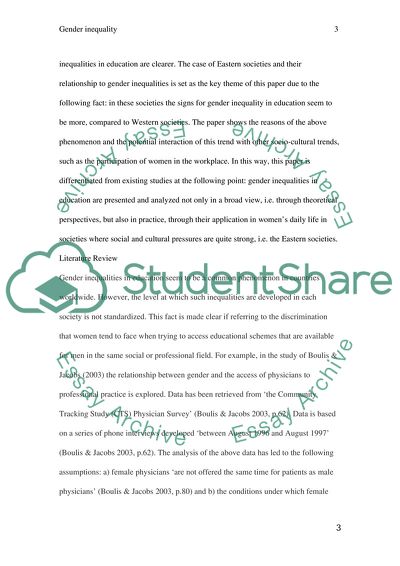Cite this document
(Gender inequality In eastern societies Coursework, n.d.)
Gender inequality In eastern societies Coursework. https://studentshare.org/social-science/1808348-gender-inequality-in-eastern-societies
Gender inequality In eastern societies Coursework. https://studentshare.org/social-science/1808348-gender-inequality-in-eastern-societies
(Gender Inequality In Eastern Societies Coursework)
Gender Inequality In Eastern Societies Coursework. https://studentshare.org/social-science/1808348-gender-inequality-in-eastern-societies.
Gender Inequality In Eastern Societies Coursework. https://studentshare.org/social-science/1808348-gender-inequality-in-eastern-societies.
“Gender Inequality In Eastern Societies Coursework”. https://studentshare.org/social-science/1808348-gender-inequality-in-eastern-societies.


